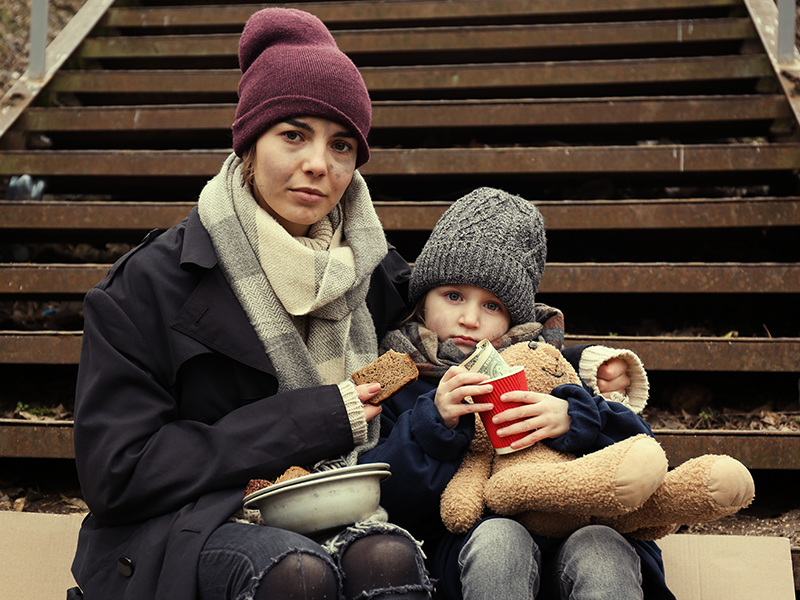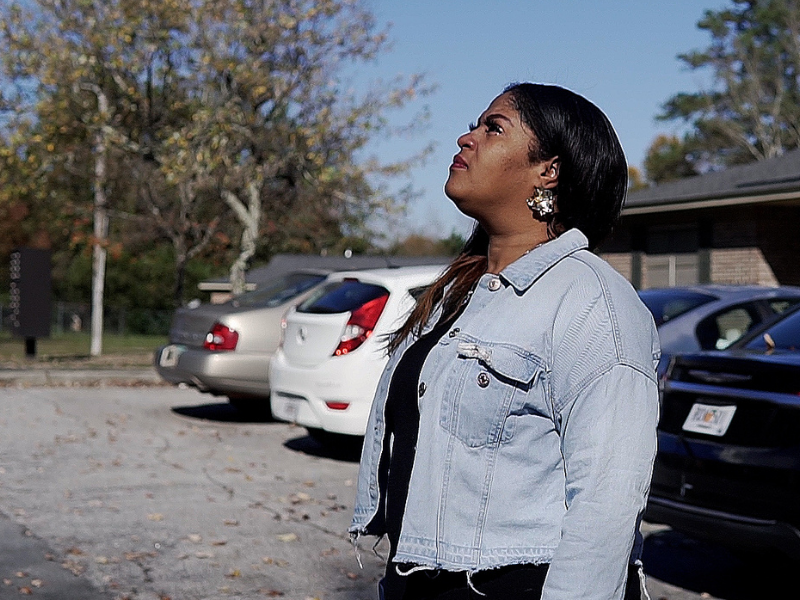
Nicole’s story: How a raise meant losing food stamp benefits for this mom of four

Nicole’s story: How a raise meant losing food stamp benefits for this mom of four
Nicole had high hopes when she moved her family from a rural area in south Georgia to Henry County in the Atlanta metro. The cost of living went up, but the job opportunities were more plentiful and paid much better: She went from making $25,000 a year to over $35,000 as a corrections officer.
But that’s when Nicole got an unpleasant surprise. Her new salary level meant that her safety-net benefits from the government went entirely away—not reduced, but entirely eliminated. She ended up getting around a $10,000 raise but losing approximately $12,500 in benefits.
“I ended up getting kicked off social services because I made a couple dollars more than the max I could,” Nicole shared.
Nicole is 32 years-old and the single mother of four boys. “I’m the only income. I don’t get child support payments or anything else,” she said.
Losing her benefits—particularly food stamps—was a severe blow, especially during the pandemic. Although she has gotten help from local church-based food banks to help her make ends meet, her situation is still stressful.
To further bridge the gap, Nicole is working as much overtime as possible. But she would need to earn significantly more—to the tune of $25 an hour—in order to fully make up for the benefits she has lost. Even in an economy where wages are quickly rising for many workers, that raise level is a tough haul.
What needs to change?
Nicole encountered what we call the “benefit cliff,” where well-intentioned policies actually prevent people from getting off public services. They make just enough to lose their benefits, but not enough to make up for those lost benefits. The result is a system that keeps people trapped in poverty rather than one that propels them toward self-sufficiency and the dignity that comes with it.
While it is wonderful to see how the community has stepped up to help Nicole fill the gaps left from her losing access to food stamps, not everyone is so fortunate.
So, what’s the best pathway forward? Our goals should be to shore up the safety net for those who truly need it, eliminate these benefit cliffs, and create a system that encourages (rather than discourages) people from climbing the economic ladder. Along these lines, here are three possible ways forward:
- The food stamp program could be fully redesigned to eliminate the benefit cliffs.
- Separate pools of funds (from public, private, and charitable resources) could be set up as temporary stop-gap measures to get people like Nicole beyond the cliff.
- Nicole could work with someone who understands the cliffs to help her strategize a career and pay progression to effectively jump over the cliff.
The Success Sequence provides an outline of how to reverse the cycle of poverty in our communities. GCO uses this as a framework for much of our work.
#DareToClimb media campaign
This is why the Georgia Center for Opportunity (GCO) recently launched the #DareToClimb media campaign. The campaign is designed to raise awareness and share stories of those trapped in government assistance programs that, while well-intentioned, are structured in a way that often does more harm than good. GCO believes it is important to share the stories of these courageous men and women who have overcome obstacles in their lives to achieve self-sufficiency.
To learn more, follow the #DareToClimb hashtag.
** The $35,000 income limit is based on Nicole’s interview with us. Although our calculations show it will be somewhat higher, the impact and stress she is experiencing will be the same.









